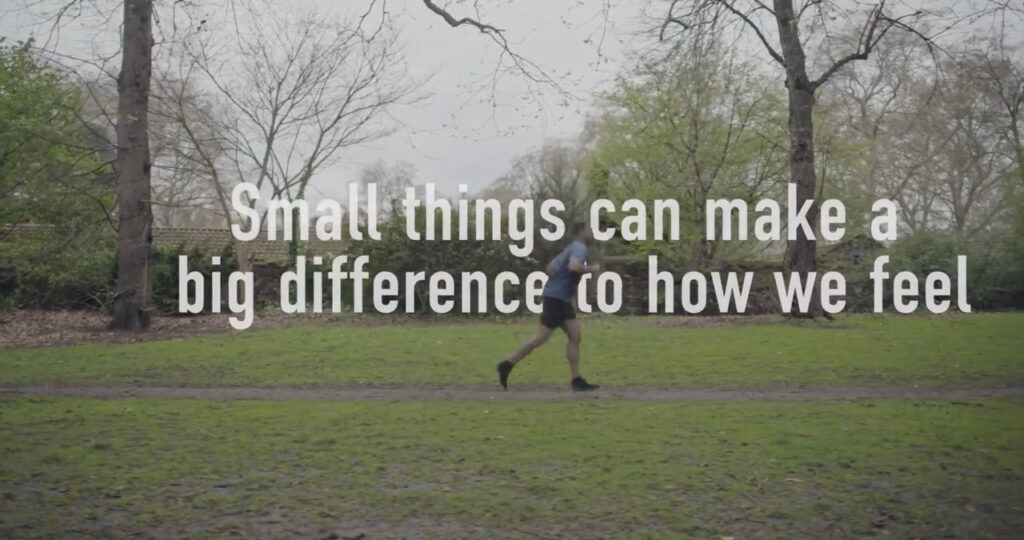Discover how teenagers can build muscle safely at home with simple exercises, balanced nutrition, and healthy routines. This friendly how-to guide explains safe strategies for growth, strength, and confidence. How Teenagers Can Build Muscle Safely at Home.
Building muscle as a teenager can feel exciting yet challenging. When I first started, I realized how important it was to approach it with patience and consistency. As teens, our bodies are still growing, so safety should always come first. In this guide, I’ll share step-by-step ways on how teenagers can build muscle safely at home using bodyweight exercises, proper nutrition, and healthy recovery habits.
Understanding Teenage Muscle Growth
Before jumping into workouts, I needed to understand how my body was changing. During teenage years, hormones like testosterone and growth hormone increase, which helps build muscle naturally. However, I also learned that overtraining or lifting heavy weights too early could harm joints and bones. The best way to start was by focusing on bodyweight exercises like push-ups, squats, and planks, which strengthen muscles safely without extra risks.

Importance of Safe Training at Home
When I began training at home, I thought lifting heavy was the only way to grow. But I realized teenagers should focus on technique, form, and controlled movements first. Safe training means starting slow, listening to your body, and resting when needed. By doing this, I avoided injuries and still saw progress. Building muscle at home doesn’t require fancy equipment—discipline and safety matter more.
Best Bodyweight Exercises for Teenagers
Here are some of the best exercises for teenagers to build muscle safely at home:
- Push-ups (chest, shoulders, arms)
- Squats (legs and core)
- Planks (abs and stability)
- Lunges (legs and balance)
- Pull-ups (back and arms)
These simple moves improved my strength and posture. I didn’t need weights in the beginning; instead, I focused on increasing reps and sets over time. Progressing slowly kept me motivated and injury-free.
Setting a Muscle-Building Routine
At first, I struggled with consistency. To fix this, I created a simple schedule. I trained three to four times a week, leaving rest days in between. My routine looked like this:
| Day | Workout Focus |
|---|---|
| Monday | Push-ups, Squats, Planks |
| Wednesday | Lunges, Pull-ups, Planks |
| Friday | Full-body circuit |
| Sunday | Stretching & Recovery |

This structure helped me stay on track and allowed my body to recover properly.
Nutrition for Teenage Muscle Growth
I soon learned that nutrition plays a huge role in building muscle. Eating junk food slowed my progress, so I shifted to healthier meals. A balanced plate with protein, carbs, and healthy fats gave me energy and muscle recovery. For example, eggs, chicken, rice, fruits, and nuts became my go-to meals. Drinking enough water was also important, since dehydration made workouts harder and slowed recovery.
Protein and Healthy Eating
I noticed that protein is key for repairing muscles after workouts. As a teenager, I didn’t need expensive supplements. Instead, I ate natural foods like eggs, beans, milk, fish, and lentils. Snacks like peanut butter sandwiches or yogurt with fruit gave me extra energy. Pairing protein with complex carbs like oats or sweet potatoes kept me full longer. Eating smaller meals throughout the day improved my strength and recovery speed.

Importance of Rest and Recovery
At first, I thought training daily would give faster results, but I was wrong. Rest and recovery are as important as workouts. Sleep helps release growth hormones, which repair muscles and make them stronger. I made sure to sleep at least 8 hours a night. On rest days, I stretched or went for light walks to keep my body active. Without recovery, workouts became harder, and I risked injury.
Avoiding Common Mistakes
When I started, I made mistakes like skipping warm-ups or copying adult workouts. I realized teenagers shouldn’t lift heavy weights like adults because our bodies are still developing. Another mistake was comparing my progress to others. Everyone grows differently, and patience is key. Avoiding shortcuts, crash diets, and unsafe exercises protected me from injuries. Staying consistent with safe routines always brought the best results in the long run.
Motivation and Mental Health Benefits

One unexpected benefit of training at home was improved mental health. Exercise helped reduce my stress and gave me confidence. On tough days, I used workouts to release negative energy. Tracking my progress, like how many push-ups I could do, motivated me even more. Staying active also improved my focus in school. Building muscle wasn’t just about my body—it also strengthened my mindset.
Key Takeaways
- Teenagers should focus on bodyweight training before heavy weights.
- Proper nutrition with protein, carbs, and fats supports growth.
- Rest and 8 hours of sleep are essential for recovery.
- Avoid unsafe shortcuts, overtraining, and comparing progress.
- Building muscle improves not only physical health but also confidence.
Conclusion
Learning how teenagers can build muscle safely at home changed my perspective on fitness. It taught me that progress comes from patience, smart routines, and healthy eating. With safe exercises, proper rest, and consistency, teenagers can build strength without needing a gym. Most importantly, I realized fitness is a lifelong journey. By starting with safe habits now, I’ve built a foundation for strength, confidence, and overall well-being.
